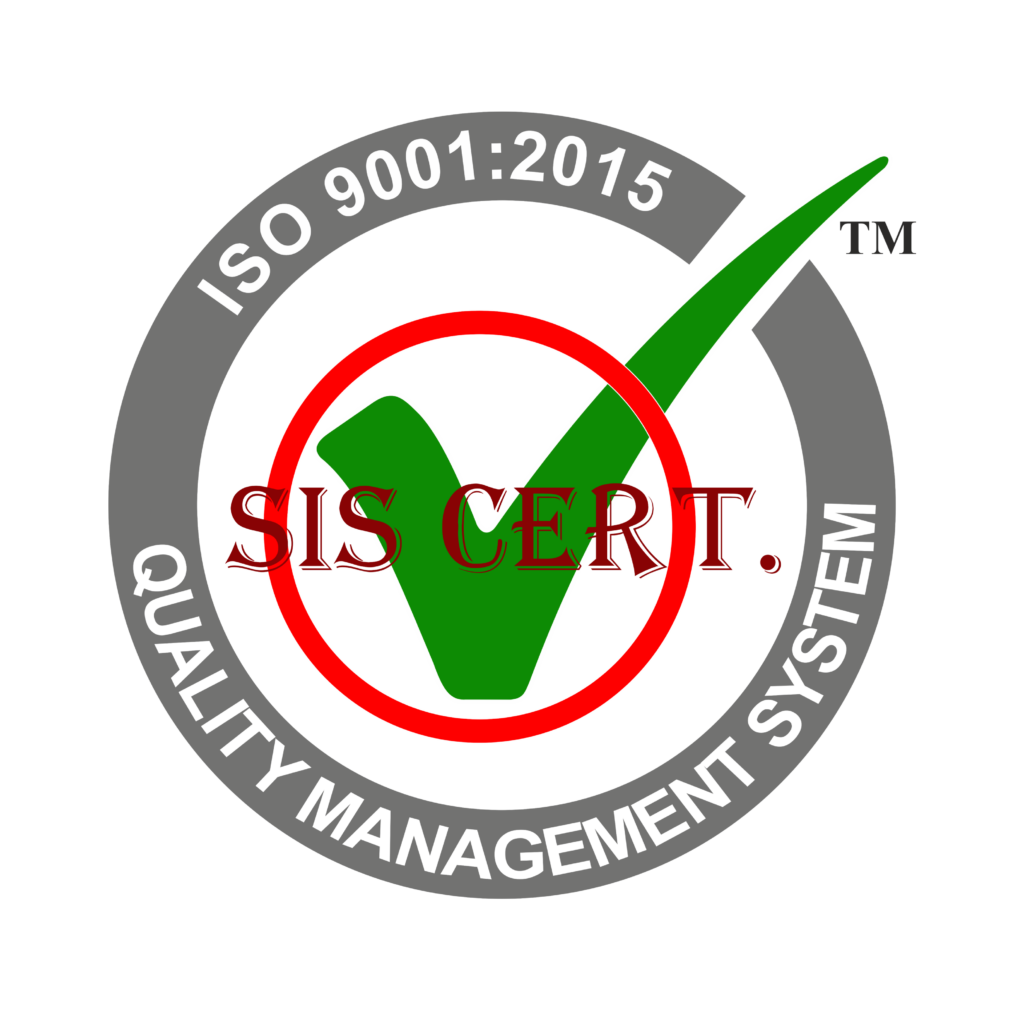The stainless steel industry is rapidly advancing in eco-friendly technologies and sustainable practices.
This article will explore the FAQs of eco-friendly innovations in stainless steel production, including energy efficiency solutions, environmental impact reduction, renewable energy sources, and waste reduction strategies.
Get acquainted with the latest in green manufacturing practices and stay informed about the cutting-edge technologies that are revolutionizing the stainless steel industry.
Key Takeaways
- Sustainable technologies in the stainless steel industry focus on reducing energy usage, optimizing processes and machinery, and exploring renewable energy sources.
- Implementing eco-friendly production processes, such as metal recycling and water reuse, can significantly reduce the environmental impact of steel production.
- Utilizing materials with a lower environmental footprint and investing in cleaner and more efficient steel production systems are essential for achieving sustainability and energy efficiency.
- Harnessing solar, wind, and hydropower, as well as exploring the potential of using hydrogen, can contribute to reducing emissions and increasing efficiency in steel production.
Green Manufacturing Practices
One of the most important green manufacturing practices in the stainless steel industry is reducing the amount of energy used in production. Companies are looking at ways to optimize processes, increase the efficiency of machinery, and explore renewable energy sources. They are also investing in technology that can track and monitor energy usage to identify areas for improvement.
Additionally, companies are utilizing sustainable materials, such as recycled steel, for production. This not only reduces the demand for new raw materials but also decreases the energy required for extraction and processing.
Furthermore, companies are researching and investing in new technologies that could potentially reduce the energy input required for steel production. These technologies include advanced smelting processes, improved heat recovery systems, and more efficient recycling methods.
Energy Efficiency Solutions
Building on the green manufacturing practices discussed in the previous section, companies in the stainless steel industry are now looking for energy efficiency solutions to reduce their energy consumption.
To achieve this goal, many are turning to innovative technology such as solar arrays, green energy sources, and energy-saving practices. Some are also utilizing data-driven processes to better understand the energy consumption of their operations and identify areas for improvement.
Additionally, the industry is exploring the use of predictive analytics and AI to develop solutions that will reduce energy usage as well as carbon emissions.
Through these efforts, the stainless steel industry is showing that it is possible to have both sustainability and energy efficiency.
Environmental Impact Reduction
By adopting eco-friendly production processes, the stainless steel industry is working to reduce its environmental impact. Metal recycling, water reuse, and the use of renewable energy sources are just some of the innovative approaches being implemented.
Companies are also looking into using materials that have a lower environmental footprint, such as scrap steel, to meet their production needs. Other strategies include the use of advanced technology to reduce emissions and minimize water and energy consumption.
Furthermore, the industry is investing in research and development to create cleaner, more efficient steel production systems. With these advancements, the stainless steel industry is taking an important step towards sustainability.
Renewable Energy Sources
Although renewable energy sources are becoming increasingly accessible, the stainless steel industry is looking to harness these resources to power their production process in a more sustainable manner.
Solar, wind, and hydropower are all viable options for powering steel mills, allowing for a reduction in emissions and an increase in efficiency. Steel manufacturers are also investing in energy storage, allowing them to save energy that can be used when the renewable energy source is unavailable.
In addition, the industry is exploring the potential of using hydrogen to power steel production processes, reducing the reliance on fossil fuels and creating a more sustainable future.
Waste Reduction Strategies
In addition to renewable energy sources, steel manufacturers have also been focusing on reducing their waste output by investing in resource-efficient production processes and recycling initiatives.
New strategies for waste reduction include investment in clean production technologies, greater use of recycled materials, and improved process efficiency. To reduce the quantity and cost of disposal, companies are also focusing on re-using materials and generating energy from by-products.
In addition, they are investing in innovative technologies to reduce the amount of energy used in production processes. Steel producers are also making use of green energy sources like solar, wind, and hydro power in order to reduce their environmental impact.
Frequently Asked Questions
What Is the Cost of Implementing Sustainable Technologies in the Stainless Steel Industry?
The cost of implementing sustainable technologies in the stainless steel industry is dependent on the type of technology and scale of implementation. However, investments in green solutions can result in long-term cost savings and environmental benefits.
What Are the Benefits of Using These Technologies?
Using sustainable technologies in the stainless steel industry brings many benefits, such as reduced environmental impact, cost savings, improved energy efficiency, and increased production quality.
What Are the Risks Associated With Using Sustainable Technologies in the Stainless Steel Industry?
The risks associated with sustainable technologies in the stainless steel industry include potential cost increases, operational complexity, and performance uncertainties. However, these risks are often outweighed by the environmental and economic benefits.
Are There Any Regulations That Must Be Followed When Using Sustainable Technologies in the Stainless Steel Industry?
Yes, when using sustainable technologies in the stainless steel industry, certain regulations must be followed to ensure safety and environmental protection. Companies must adhere to industry standards and government regulations to ensure best practices.
How Does the Use of Sustainable Technologies in the Stainless Steel Industry Compare to Traditional Methods?
The use of sustainable technologies in the stainless steel industry has the potential to reduce emissions and save energy compared to traditional methods. This can result in more efficient production and a healthier environment.
Conclusion
The development of sustainable technologies in the stainless steel industry has the potential to reduce the environmental impact of manufacturing processes.
Innovations in energy efficiency, green manufacturing practices, renewable energy sources, and waste reduction strategies can all contribute to a more eco-friendly approach to steel production.
By implementing these practices, the industry can help reduce its negative impact on the environment and promote a more sustainable future.


